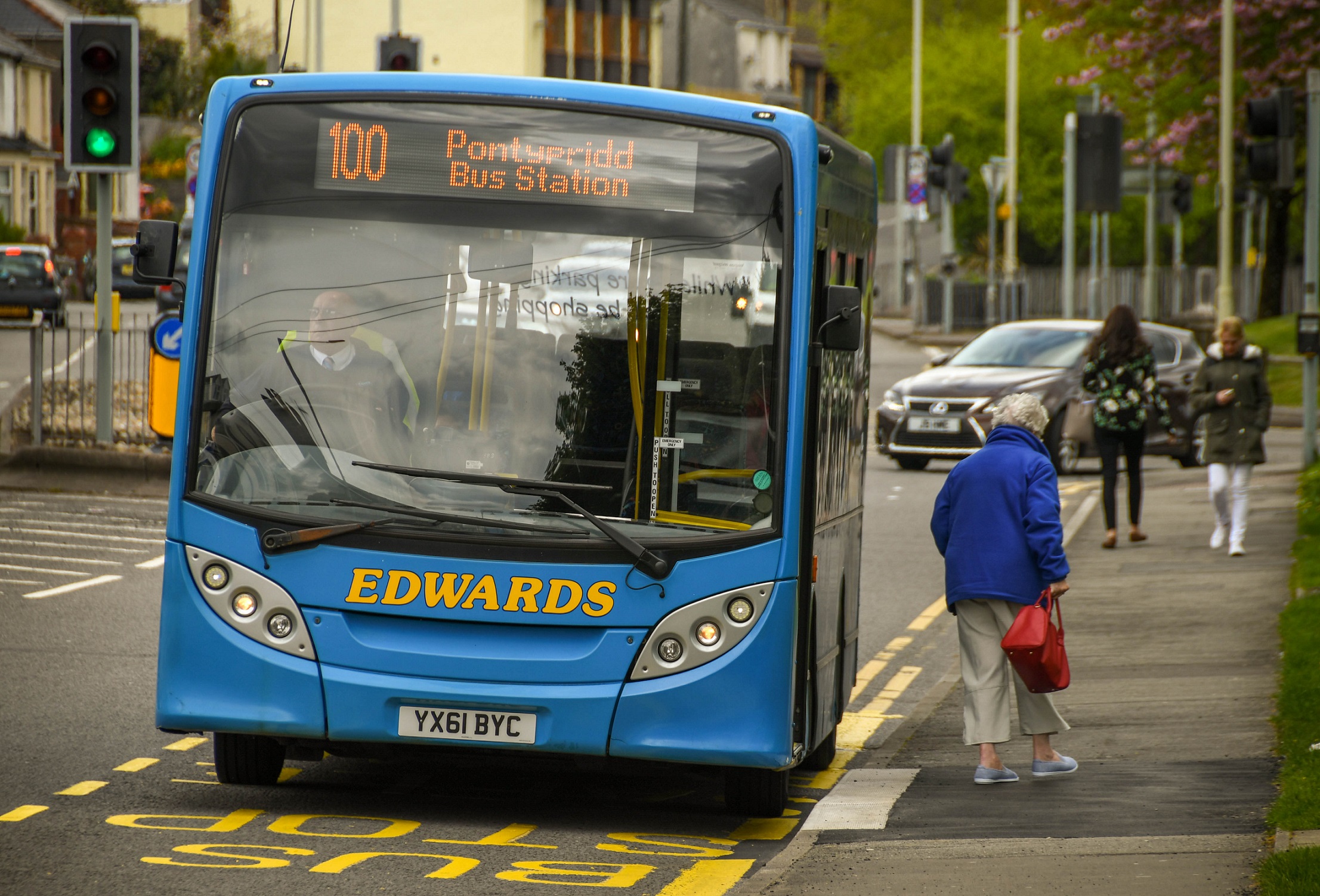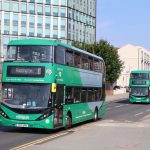The transport industry has settled on a definition of Mobility-as-a-Service (MaaS) as the unification of mobility services by a single digital channel, which allows users to plan, book and pay for multimodal journeys. The concept is aimed at simplifying user experience and driving a modal shift from private transport towards public and shared transport and mobility.
But are we there yet?
The journey towards an ultra-personalised, joined-up travel experience has been held back by the puzzle of how to integrate services effectively and share data securely. However, as Frederic Laithier, Group Product Manager of MaaS at Flowbird, says, the technical challenge has been solved by suppliers like Flowbird, which offers a white-label MaaS app.
Here, Frederic explains how the remaining obstacles around political leadership, funding and stakeholder collaboration can be addressed, and outlines the benefits that will be felt by both operators and passengers when MaaS is successfully deployed.
1. What are the key components of a MaaS solution?
A MaaS solution is one application, with simple, one-time enrollment, asking only for essential personal information. With a Single Sign On, it must give users the ability to plan journeys, make travel bookings and pay for all the services they use in one clear transaction.
That’s the essential foundation of MaaS, but to drive adoption we need to meet the full expectations of users and offer them even more convenience and value.
By providing access to the full complement of fares, for instance. Not just standard fares, but also concessions and period passes, which can be stored in the app. Integrating ticketing for local museums, cinemas and sporting events, and offering bundle deals, is another way to make the app an invaluable one-stop shop for both the journey and the destination.
2. What is holding cities and regions back from offering MaaS solutions?
The main problem is the misconception that MaaS is a complex ecosystem, with high costs and limited ROI. In reality, the technical complexity can be managed and the cost mitigated.
For instance, we already have a white-label app used in Monaco under the Monapass name. It’s a proven example of multi-service integration and unified payments. We’ve built on this with a local attractions ticketing marketplace to create an engaging, holistic offer.
Crucially, our MaaS platform is managed and designed to be multi-tenanted, so the cost of development and evolution can be shared. We’re finding this to be an attractive proposition that helps authorities and operators feel more confident about exploring MaaS.
What can be more difficult is the project management side, which requires coordination of multiple stakeholder groups. Depending on the scale, this can involve government policy makers, cities, transport and mobility authorities and operators, payment providers and technical suppliers. At Flowbird, we facilitate MaaS project management, but there still needs to be leadership and willingness to collaborate among lT, legal and commercial teams.
3. In the UK, we’re seeing multi-operator open payment schemes being piloted through the Project Coral initiative – do these provide a foundation for MaaS?
Multi operator schemes give passengers a seamless payment experience and ‘best fare’ capping, regardless of the operator used, even when operator boundaries are crossed. This type of scheme isn’t mainstream yet, and when using EMV, brings challenges around tokenisation and revenue apportionment across operators.
However, once implemented, it becomes the ideal foundation for a MaaS solution. Through a MaaS app, the effortless experience that multi-operator schemes promote, can be extended across other transport modes, such as bike or scooter hire, or park and ride.
4. What benefits for local authorities and operators can be delivered by MaaS?
For many cities, authorities and operators that embark on a MaaS project, the primary objective is to improve the customer experience. However, by doing this, and making public and shared transport more attractive, they start a ripple effect, which has lots of benefits.
In terms of user experience, a MaaS app can be transformative. In addition to easing the process of planning journeys, and booking and paying for transport and mobility services, it creates a valuable channel of real-time communication. This can enable push notifications to users, with helpful messages like “You’ve reached a fare cap, your next trip is free!”
The MaaS app can also host a marketplace and incentives engine that not only improves transport ticket sales, but also supports partnerships with local businesses.
By making multimodal journeys simpler, and introducing incentives, it’s possible to change people’s behaviour, encouraging sustainable local travel. Fewer private cars on the roads alleviates congestion, and reduces carbon emissions and air pollution.
Motivating behavioural change can also deliver a commercial gain, by increasing ridership and revenue as more people choose alternative ways to get from A to B.
Ultimately, Mobility-as-a-Service stands the best chance of success when it’s mainstream, simple to use, integrates all transport modes, and offers a marketplace of associated services. It’s a big picture approach that has potential to stimulate economic growth.
5. What’s the current scope of the Flowbird’s MaaS app?
The scope of our app is not constrained. In practice, in Monaco, we’ve integrated three transport and mobility services: on-street parking, bus transport, and bike share. Transport concessions are managed, and tickets and passes can be stored. In addition, we enable ticketing for tourism and leisure services, including museums and cultural and sporting events. Every user account is linked to a payment method, used for combined payments.
6. In Monaco, how has Monapass met the expectations of the Principality?
The introduction of the Monapass app plays a valuable role in Monaco’s plan to motivate residents and tourists to travel sustainably, with a goal of reducing light vehicle traffic by 20% by 2030. It is also important to the Principality that it’s seen as a leader of digital innovation.
The simple user experience has been welcomed by the Principality’s 40,000 inhabitants. The app attracts 8,000 unique users each week and handles 55,000 transactions each month.
We’ve achieved our aim to bring the Principality an app that is becoming increasingly ‘sticky’ with users as more services are integrated and are accessible from one place. It is providing a new promotional channel for local attractions, which is both flexible and scalable.
Flowbird solutions are used in 4,350 cities to make travel easier, safer and faster. To find out more, visit www.flowbird.group or email uk-transport@flowbird.group


























